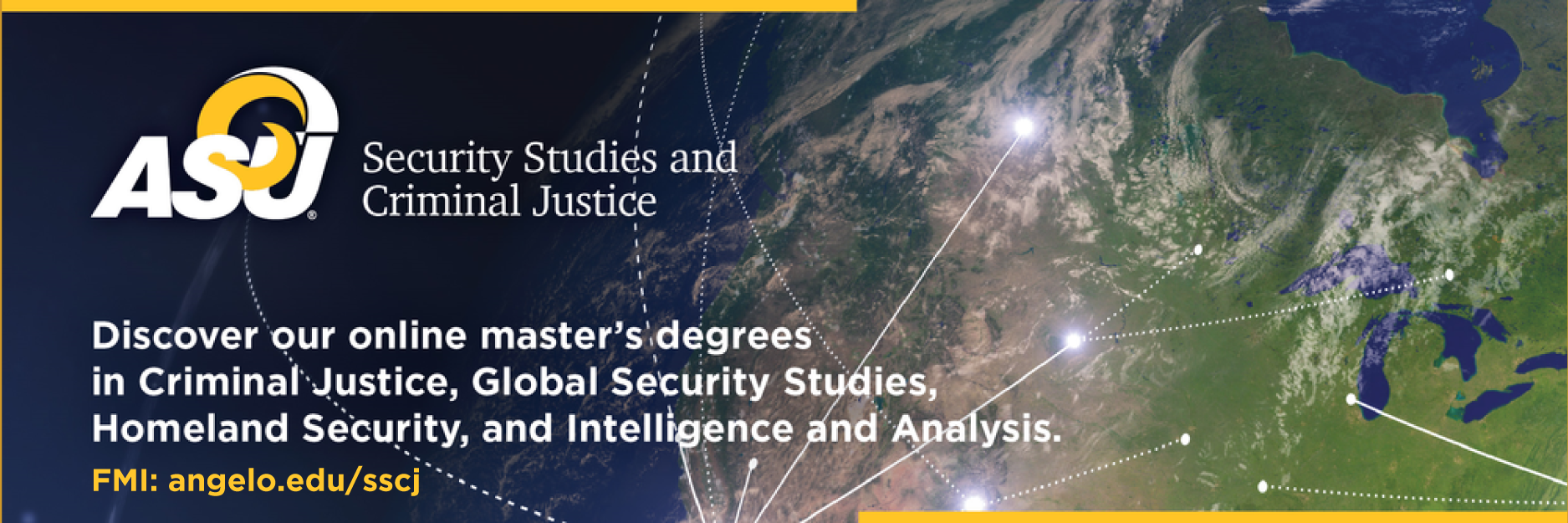Risk communications and its importance in disaster management
DOI:
https://doi.org/10.5055/jem.2007.0028Keywords:
protective action recommendations, communications, FEMA, NOAA, New Orleans, KatrinaAbstract
During the onslaught of hurricane Katrina on the gulf coast of the United States in August 2005, local emergency planning officials, state agencies, and federal entities came together to impress upon those still left in the danger zone to evacuate. Unfortunately, more than 100,000 people remained in the danger area because of various reasons. In this piece, the author will examine Protective Action Recommendations, proper and poor risk communications, and the need for emergency management officials to keep the pulse of those that they serve.References
FEMA: Federal Emergency Management Agency Web site. Available at www.fema.gov. Accessed October 27, 2007.
NOAA/NWS: National Weather Service Web site. Available at http://www.srh.noaa.gov/data/warn_archive/LIX/TOR/0829_133900.txt. Accessed October 27, 2007.
US Commission: US Nuclear Regulatory Commission Web site. Available at http://www.nrc.gov/about-nrc/emerg-preparedness/protect-public/protective-action.html. Accessed October 27, 2007.
LSP: Louisiana State Police Web site. Available at http://www.lsp.org/lcadeg.html. Accessed October 27, 2007.
Downloads
Published
How to Cite
Issue
Section
License
Copyright 2007-2023, Weston Medical Publishing, LLC and Journal of Emergency Management. All Rights Reserved






